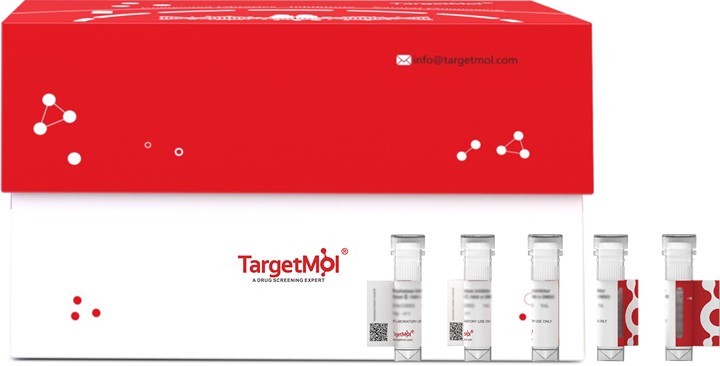Shopping Cart
- Remove All
 Your shopping cart is currently empty
Your shopping cart is currently empty

Claudin-6 Protein-VLP, Mouse, Recombinant (His & Flag) is expressed in HEK293 Cells. The accession number is Q9Z262.

| Pack Size | Price | Availability | Quantity |
|---|---|---|---|
| 20 μg | $773 | Backorder | |
| 100 μg | $1,620 | Backorder | |
| 500 μg | $5,730 | Backorder |
| Biological Activity | Immobilized Recombinant Mouse Claudin-6 Protein (VLP, Full-Length, His-Flag Tag) at 5 μg/mL (100 μL/well) can bind Anti-Claudin-6 Monoclonal Antibody, Human IgG1, the EC50 is 1-5 ng/mL. |
| Description | Claudin-6 Protein-VLP, Mouse, Recombinant (His & Flag) is expressed in HEK293 Cells. The accession number is Q9Z262. |
| Species | Mouse |
| Expression System | HEK293 Cells |
| Tag | C-His-Flag |
| Accession Number | Q9Z262 |
| Synonyms | Cldn6 |
| Construction | A DNA sequence encoding the Mouse CLDN6 (Full Length) (Q9Z262) (Met1-Val219) was expressed, with a polyhistidine tag followed by a Flag tag at the C-terminus. |
| Molecular Weight | 25.76 kDa (predicted) |
| Endotoxin | < 1.0 EU per μg protein as determined by the LAL method. |
| Formulation | Supplied as sterile 50 mM Hepes, 150 mM NaCl, 10% Trehalose, pH 7.2. Please contact us for any concerns or special requirements. Please refer to the specific buffer information in the hardcopy of datasheet or the lot-specific COA. |
| Stability & Storage | Samples are stable for up to twelve months from date of receipt at -70℃. Store it under sterile conditions at -70℃ or lower. It is recommended that the protein be aliquoted for optimal storage. Avoid repeated freeze-thaw cycles. |
| Shipping | It is supplied and shipped as liquid with dry ice. |
| Research Background | Claudin-6 (CLDN6) belongs to the claudins family and is a transmembrane protein found in tight junctions with two extracellular loops and intracellular N and C tails. CLDN6 modulates the ion- and charge-specific permeability of the paracellular pathway in most epithelial tissues. It regulates the paracellular flux of cations in the kidney through forming heterotypic strands with other claudins and has a role in maintaining the lung epithelial barrier function. The CLDN6 gene is adjacent to another family member, CLDN9, on chromosome 16. Certain CLDN6-positive cancers, encompassing ovarian, endometrial, and testicular malignancies, have been shown to have their proliferation and invasiveness suppressed upon CLDN6 silencing. |

Copyright © 2015-2025 TargetMol Chemicals Inc. All Rights Reserved.